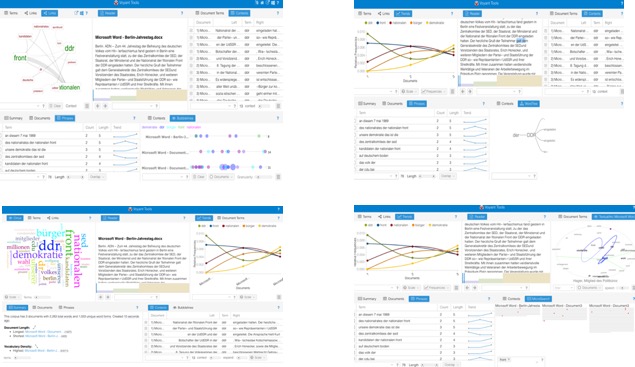I am primarily interested in Digital Humanities as a teaching tool, in particular the intersection between DH and public history. In recent years, I have worked to integrate public history and museum studies projects into my courses. These assignments are designed to help students thing about history both as an academic discipline and as a discipline that engages with a broader public – through work in archives, libraries, and historical societies; the curation of museum exhibits; and the construction of historical narratives for broad consumption. DH tools have been useful in developing these sorts of assignments. They also expose students to different ways of presenting research, other than the traditional research paper, including in digital formats, and train students in working with technology – skills that help prepare them for a variety of careers.
Wende Museum Project
My first foray into DH was when I co-organized a special workshop with Wende Museum: “Museum & Material Cultures: Exhibiting the GDR.” The workshop brought together five LMU students and five students from the University of Leipzig to explore the history of the German Democratic Republic using the museum’s artifacts. This was an exercise in public history, as the students discussed the relationship between history and memory, the pedagogical function of public history, the role of museums, and questions of display, representation, and audience. Over the course of a month, the students did research in museum, with the goal of producing an online exhibit about the everyday life of East Germans in Berlin, Leipzig, and Halle-Neustadt. They selected the artifacts, researched them, wrote the texts, and designed – within the constraints of the museum website – the exhibit layout.
The culmination of the workshop was the production of a prototype for the online exhibition, “Living in a Socialist City,” with five sections, each curated by a pair of students (one German and one American): Marketing a Socialist City, Public Spaces & the Socialist City, Private Spaces, The Marketplace & Consumer Culture, and Social Experiences. The exhibit is now live on the Wende Museum website. I also wrote about the experience, including the benefits and challenges of such a community-based learning experience and international collaboration, for the blog on Undergraduate Research in German & European Studies (in 5 parts: 1, 2, 3, 4, and 5). Two LMU students who participated in the workshop also wrote about their experiences for the blog: one about doing research in an archive and the other about the collaborative aspect.
Translating the Workshop Experience into My Classes
The workshop students learned how to work with artifacts as historical sources (rather than just with documents). They learned about the importance of audience, how authors must consider their likely audiences when crafting narratives. They learned how to think about the visual – about display and the integration of text and image. They also came to realize that History majors don’t just go to law school or become teachers, that their research and writing skills prepare them for a variety of professional opportunities.
My next step was to think about how to translate the workshop experience into all of my classes. I initially asked students to curate museum exhibits in the form of PowerPoint shows but then shifted to using online tools. A colleague and I, in a team-taught course on Ireland and Poland as European colonies, decided to require students to build a website (on WordPress) in lieu of doing a research paper. They were expected to work as a group (it was a small class) to develop the overall concept and design and to choose the themes. Individual students were then responsible for individual pages. The assignment proved a disaster. In the face of an unfamiliar assignment requiring technology skills, the students just shut down. They were intimidated and overwhelmed by the scale and nature of the assignment, which was compounded by the fact that they were dealing with unfamiliar histories, not having had much past exposure to Irish and Polish history.
I had a better experience in the world history course that I was teaching that semester, where I required students to develop a single webpage presenting their research on a chosen topic. The assignment included very specific parameters – that they had to include at least one audio/visual “artifact,” a link to at least one textual primary source, references to at least two secondary sources. The clear expectations helped students, many of whom produced pretty good webpages, including ones on: the partition of India, Chinese immigration during the Gold Rush, and the link between the Haitian revolution and a yellow fever outbreak in Philadelphia.
The lesson that I took from that experience was that students needed explicit instructions about what their webpages should look like. I also decided to try to lessen the technological obstacles that students might face, as building a webpage is far more challenging that using an app. So that they could concentrate on the narrative that they were crafting (for a broad audience, rather than just for me) and on the integration of primary sources and artifacts into that narrative, I switched from requiring students to create their own webpages to requiring students to do blog posts on a class website that I established. I have since required students both to write the traditional research paper and to write a blog entry in which they distill their research for a broader public: European Imperialism course and Weimar Germany course.
Moving Forward
My next step is to expand the assignment again, back in the direction of asking students to create a course website. In spring 2017, I am teaching a course on Nazi Germany, which will include a Spring Break trip to Berlin to explore how the Nazi era and the Holocaust are remembered in Germany and the ways in which Germans have developed a historical narrative around the Nazi era and the Holocaust geared towards public education and memorialization. Students will be required to develop a class website focusing on the history and memory of Nazi Germany. The website will require them to practice the craft of public history – to produce historical narratives and arguments for a broad audience. It will also require them to do work in DH, including blogs, virtual exhibits, videos, and a timeline. In particular, students will draw on their experiences in Berlin to map sites of importance, using GIS technology to layer places, images, and historical analysis. I plan to do a similar assignment when I next teach Honors History – to have students build a website around the social and cultural history of technology, including textual and audio/visual artifacts, historical timelines, historical essays, and video interviews with local experts.
My efforts are part of a broader departmental initiative to focus more on public history, museum studies, historical documentaries, and journalism as part of the LMU history major. Digital Humanities figure prominently in these discussions about presentation, representations, and audience, so I welcome the opportunity to learn more about what others are doing.

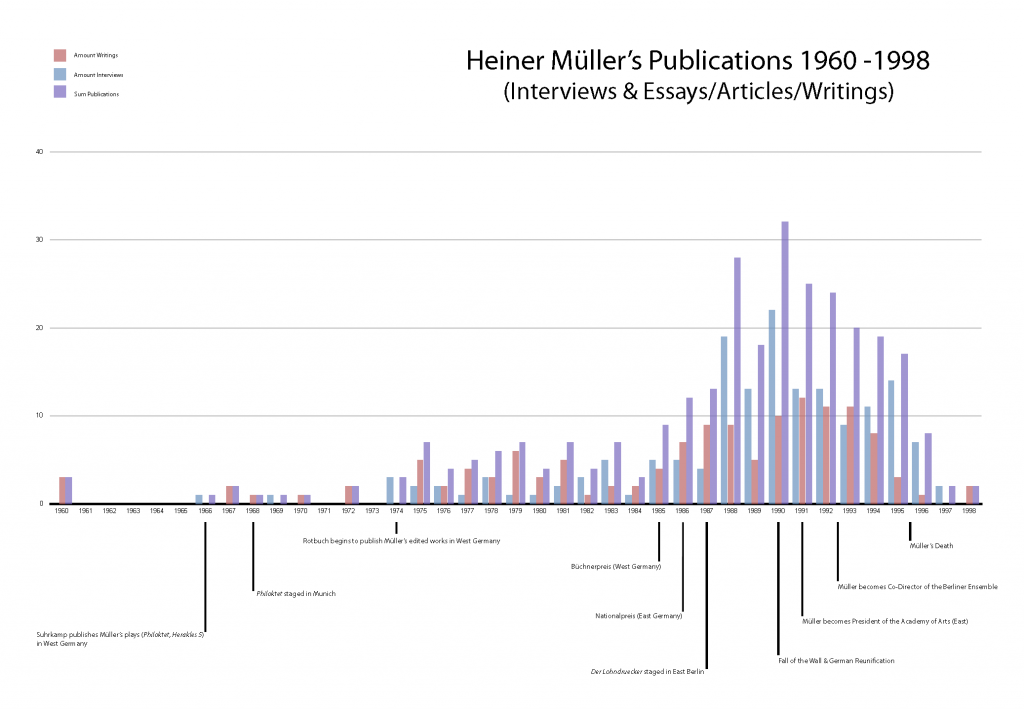
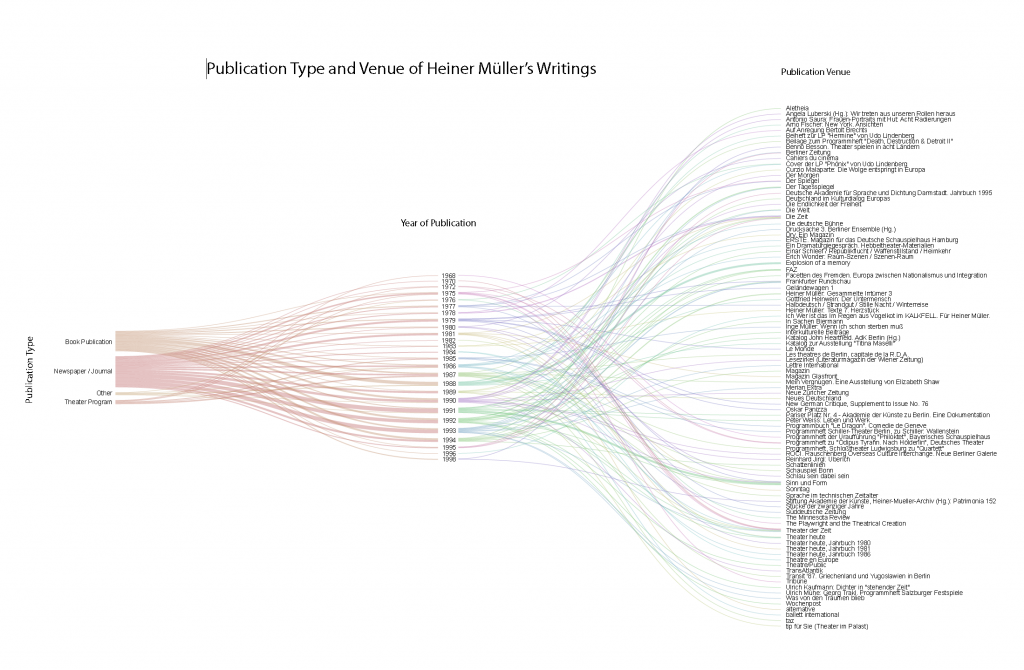

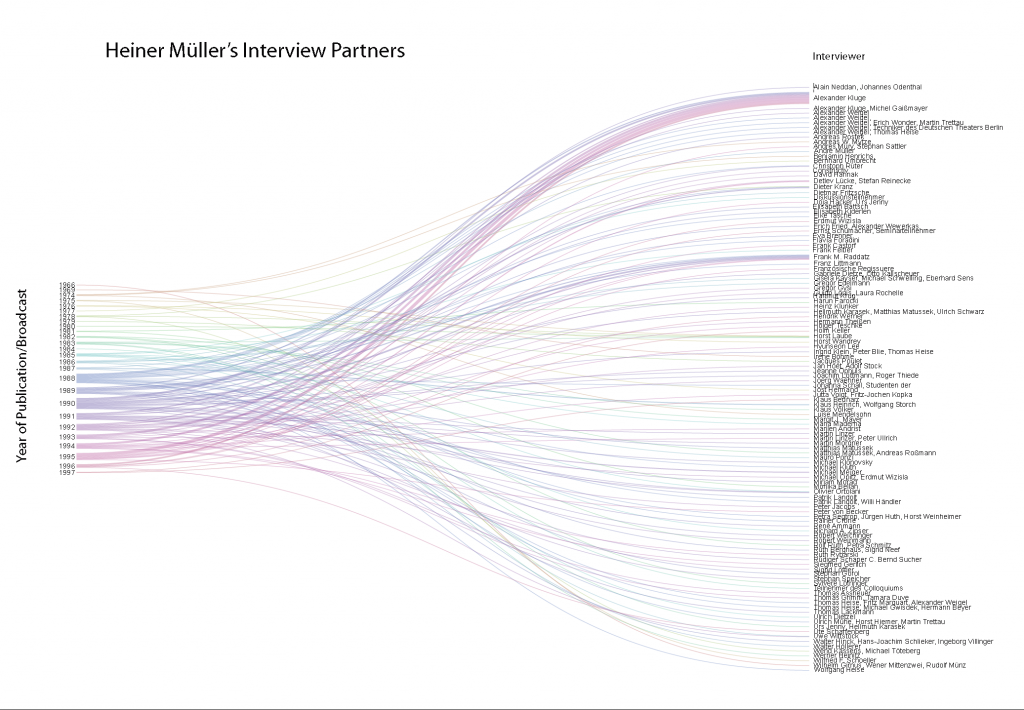
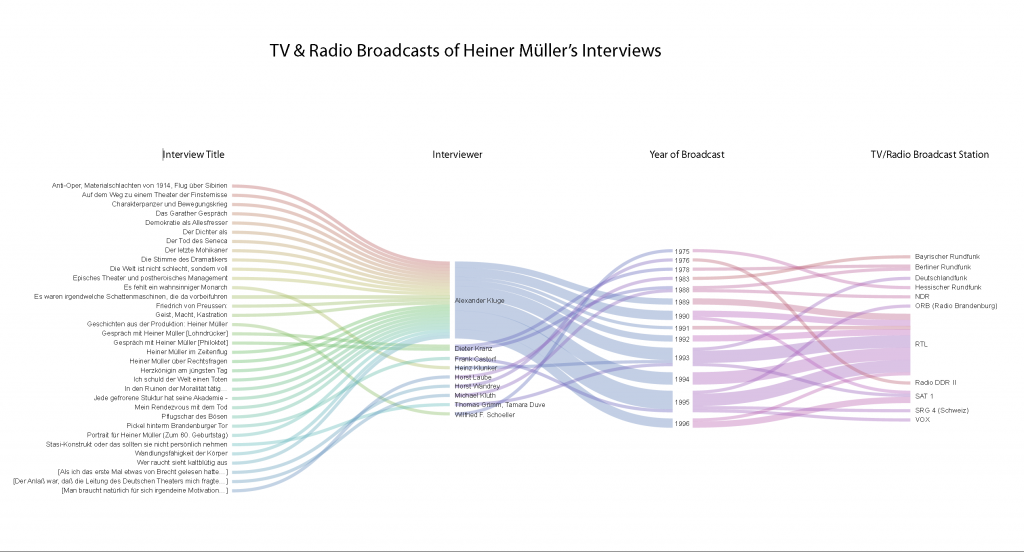







![The Fashion Conscious Man [International Men's Fashion Week in Cologne, 1986]. Coutesy of Inter-Nationes and the German Information Center.](https://gsadh.clevelandhistory.org/wp-content/uploads/2016/07/Modebewuster-Mann.jpg)
